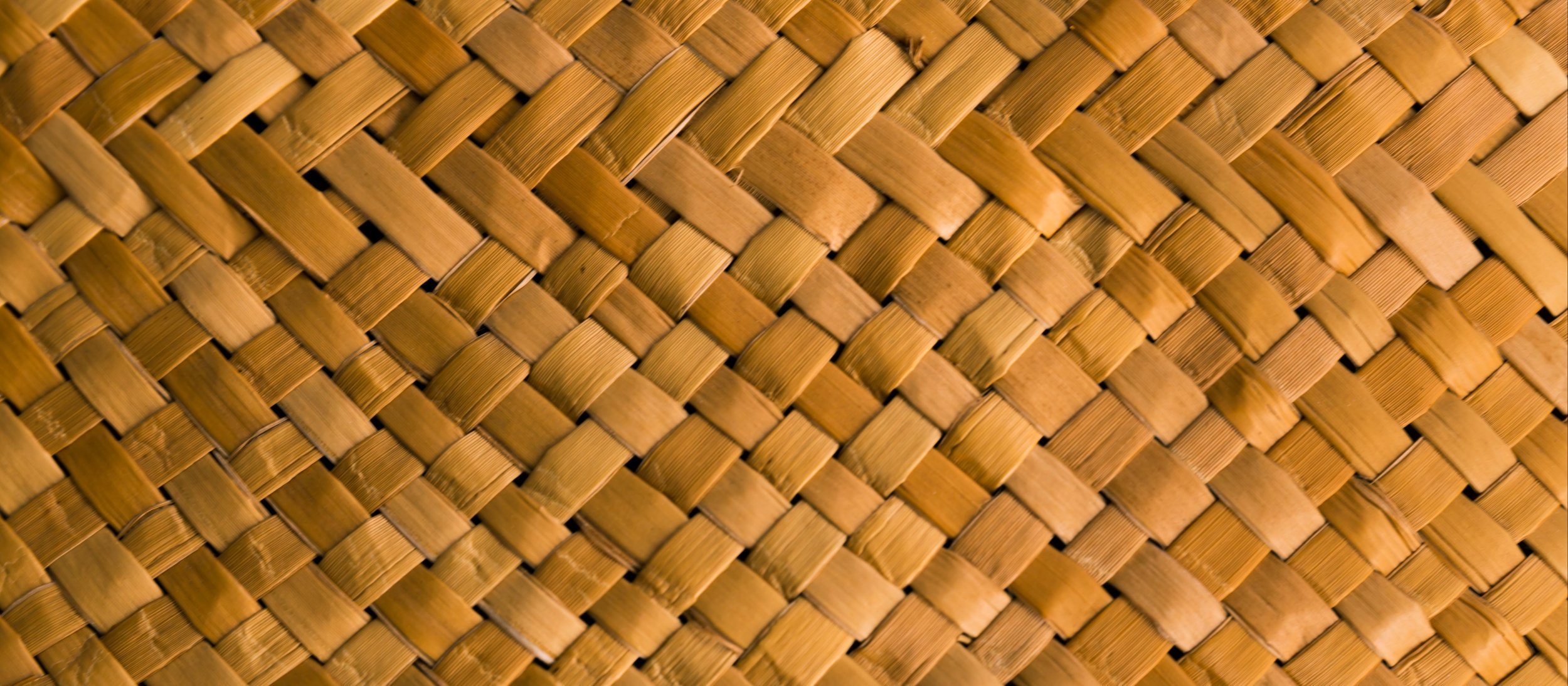
Using a Sorting Network
Sorting Algorithms & Computational Thinking
Related
Year Levels
Y3-4 (Guided)
Y5-6+
Duration
1+ lessons
Resources
Differentiation
Make the activity more kinaesthetic by recreating the sorting network on the floor of the classroom or outdoors, then assign data to different learners and have them move through the sorting network.
Extension
Apply this activity to the five days of Diwali, the Festival of Lights, with these extension themes:
Connect with Aotearoa NZ Histories to organise timelines by sorting dates with the activity prompts based on these themes:
Challenge learners to consider how we can adjust the sorting network to accommodate data sets of more or less than six items. How would this change things? How many more rounds would we need?
About Activity
How simple is it to look at a set of numbers and arrange them in order? How about for a computer?
Computers are limited to following instructions exactly as they’re programmed. So unlike us, they can’t get creative beyond what’s written in their code. So how can we write an algorithm that a computer can follow to sort our data?
This activity introduces the concepts of computational thinking, algorithms in general and sorting algorithms more specifically to organise a set of data into sequential order.
There is also the option below to make the activity more kinaesthetic by recreating the sorting network on the floor of the classroom or outdoors, then assigning data to different learners and challenging them to move appropriately through the sorting network.
Use the guide below as a template project that can be applied to any relevant topic and series of data. Checkout the extension links for some fun extension theme activity guides to help get started, including topics that connect directly with Aotearoa NZ Histories.
Activity Guide
Page 1 = Overview & Instructions
Page 2 = Sorting Network Diagram
Sorting Network, Kinaesthetic Resources
Here is an example of how to recreate this activity with movement, where the sorting network is mapped onto the floor of a room or outdoor area and learners represent the data to physically move through the network while sorting data into sequential order.
This example shows how the positions for each round and pairs of data can be set up in a learning space, and gives an example solution for organising people representing the colours of the rainbow from random at the start into the proper order of the electromagnetic spectrum (in this case: red, orange, yellow, green, blue, purple).
The Round Position Cards and Pair Position Cards below can be used to mark these positions in your learning space:
The Instruction Cards below can help remind learners of the algorithm operation for each comparison. One set compares quantitative values that are greater or lesser than each other, and the other set compares values that are chronologically later or earlier than each other:


